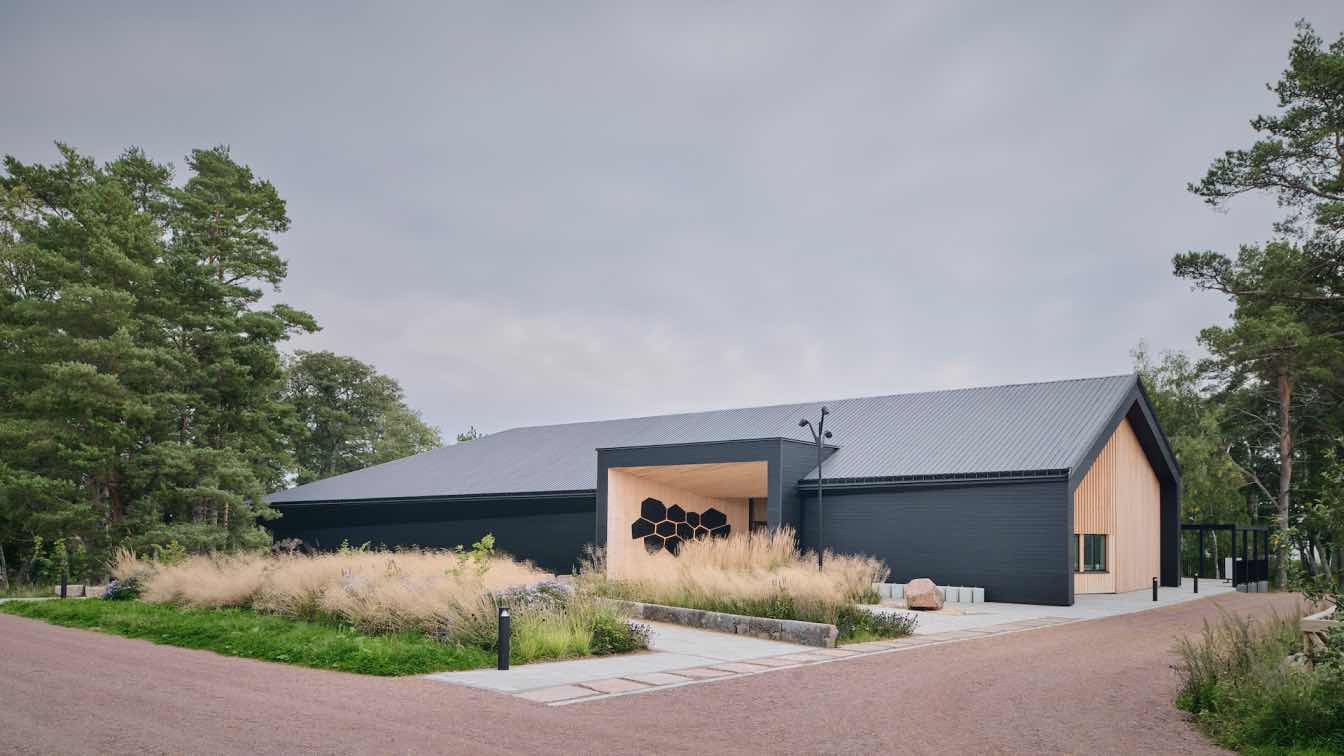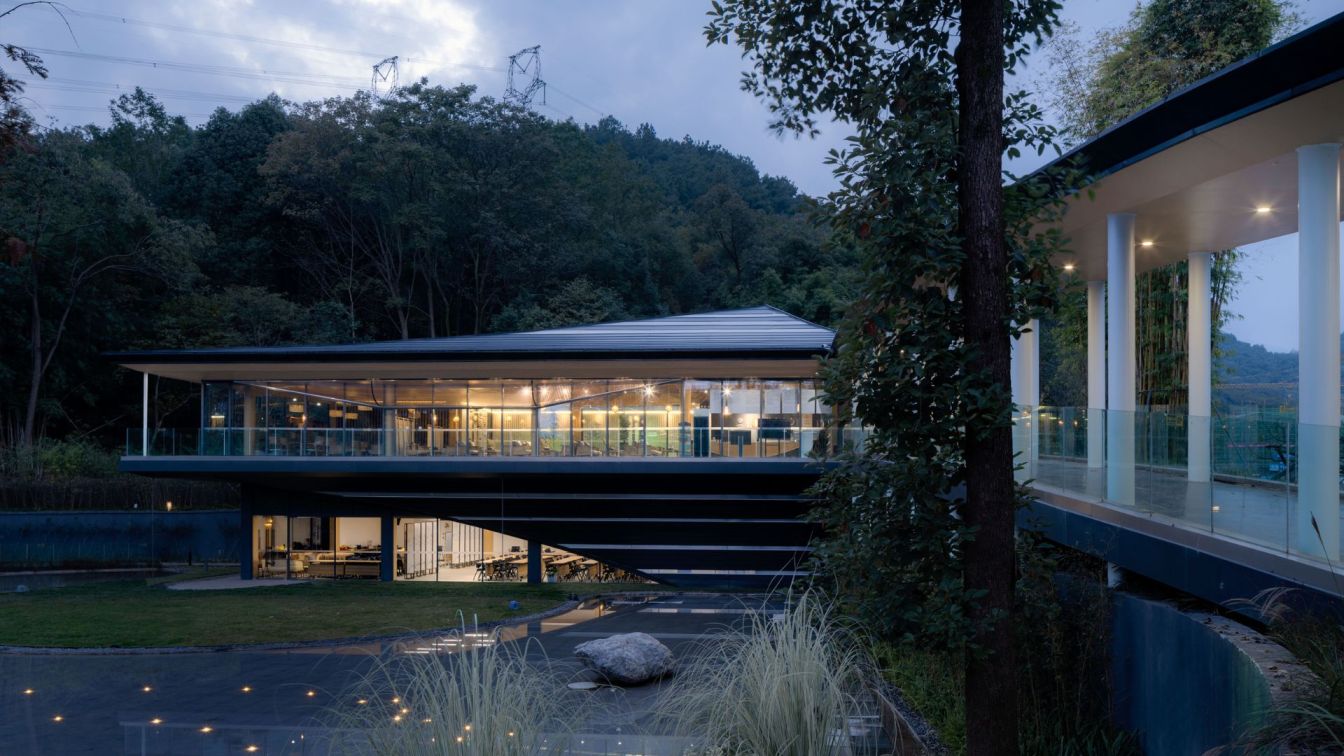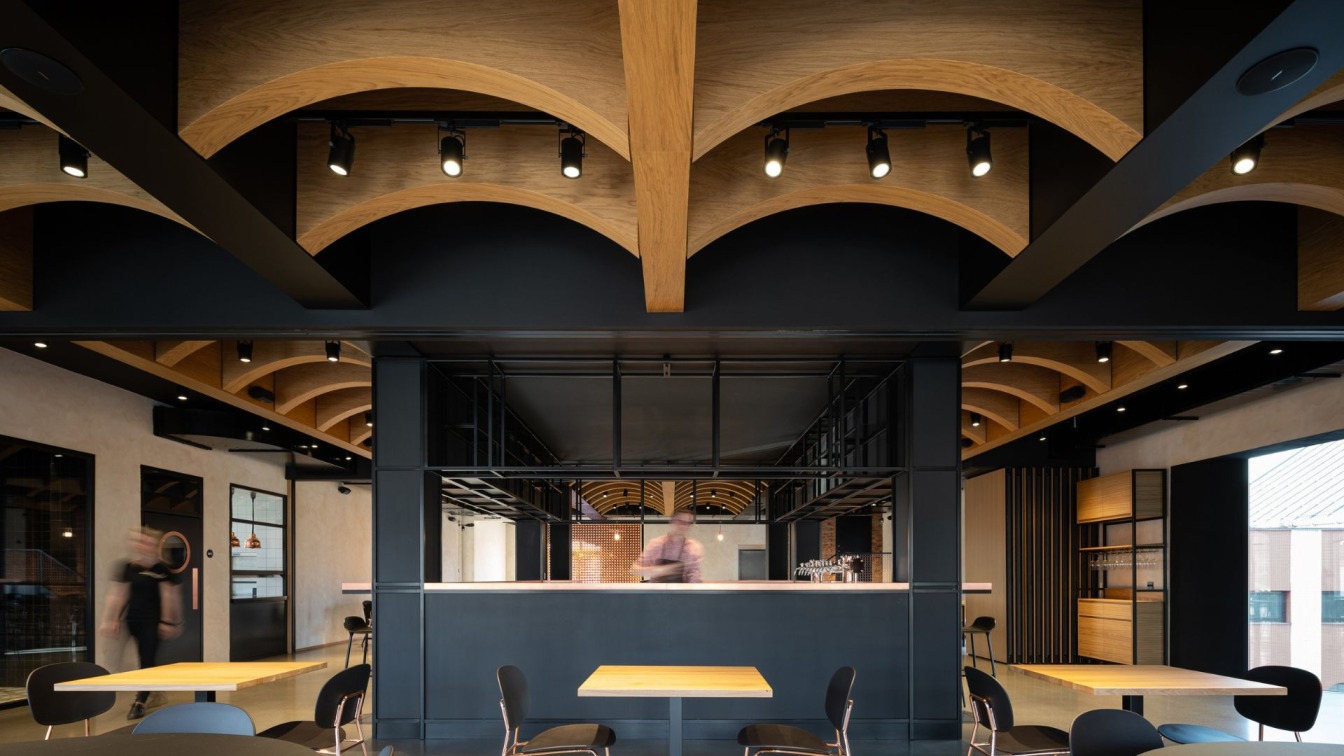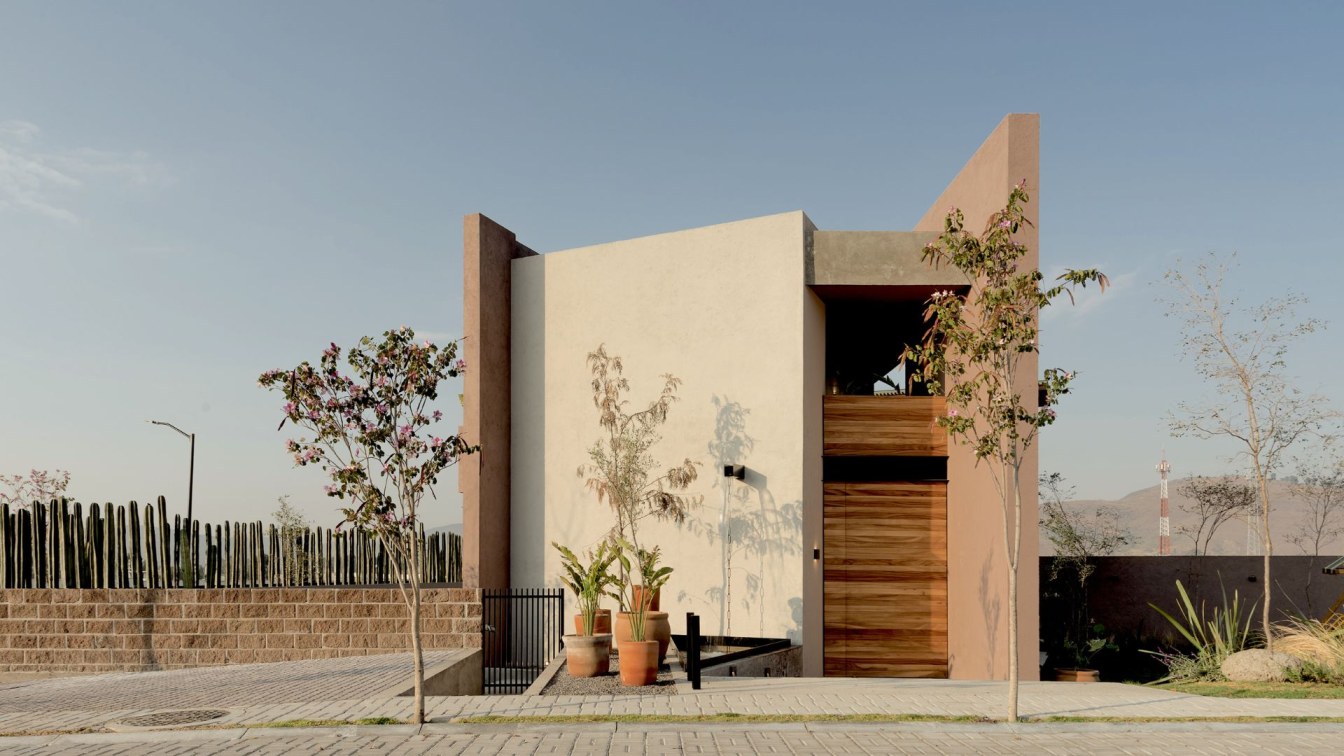Daniel Andersson: Fortress ruins on Åland Islands that were constructed as the most western stronghold of the Russian Empire in the first half of the 19th century led by Nicholas I of Russia, when Finland was a part of Russia. The fortress was a major endeavor and built with the purpose to defend the Gulf of Bothnia and the approaches to St. Petersburg against potential naval threats.
The fortress was never fully completed and was bombarded in 1854 during the Crimean War by French and British forces. It was reduced to ruins in a few days and the fortress was never rebuilt.
Today the ruin area serves as one of Åland Islands ́ main tourist sights and has great cultural value to the autonomous region of Åland Islands. The story of Bomarsund holds the answers to why the Åland Islands became a demilitarized zone, which lasts even to the present day.
The new Visitor Centre tells the story of earlier Russian expansionism and portrays testimonies of when the small rural Åland Islands met the world power nations and how the era played a significant role in shaping the thriving society of Åland Islands today. The Bomarsund ruins are a living testimony of how Russian expansionism was halted before.

Architecture:
The building is located at one of the main historical causeways leading up to the main fortress. The parking area is deliberately separated from the Visitor Centre and connected by a walking path to evoke curiosity and expectations on approaching the building.
Using the narrative woven into the surroundings, the building aligns with the historial axis of the site while incorporating a new axis that enables visual outlooks to both the ruins and the shore to integrate storytelling in the building’s architectural design. The interpolation of these axes manifests the basic elements that shape the building’s overall design.
The distinct shape of the building is informed by the 19th century Empire style architecture that was present during the erection of the fortress. Typical characteristics of the style have been interpreted and incorporated in the building’s architecture to establish a link to the past. The building has a clear direction and starts off as a clean cut gable roof building that ends as a hip roof at the corner closest to the ruins of the main fortress. The directional gesture is established to consciously express submission to the prevalent existence of the ruins and to reduce its own presence in the cultural landscape.

The building’s dark wooden exterior envelope offers only a few openings on approach. The main entrance is formed as a grand portal grounded by a tiled square framed by historial stone blocks unearthed at the site during archeological surveying. The warmth of the Visitor Centre’s wooden interior flows out at the entrance as an invitation to its interior. The grand portal leads visitors into a spacious main hall cladded with warm wood where the visitor finds an information desk and amenities. It offers a visual outlook towards the ruins and the shore, who play a crucial role to understand in the battle of Bomarsund. The floorplan is divided into a public hall and an exhibition space. The main wall separating the functions is cladded with the same dark wood as the facades to produce an impression of a second portal. The exhibition space is distributed as a path-layout that flows through overlapping rooms taking the visitor through a chronological journey and ends via an exit where the visitor stands at a large glazed wall overlooking the ruins.
The existing ruins are all produced either of local red granite stone or of brickwork. It suggests a conception that there was no wood used as construction material in the area. This is not accurate - before the battle of Bomarsund, there were many wooden buildings in the area, both permanent buildings and temporary structures. These wooden buildings were Åland Islands ́ first urban settlement with services such as school, postal office and merchants. In the days leading up to the battle of Bomarsund, the Russians torched all wooden buildings in the area as an act of defense. This event produced an eerie wasteland of chimneys and stone foundations that was left abandoned. The architectural design of the Visitor Centre facilitates this event as an argument to use wood and wood based products for as many purposes as wisely possible. The dark expression of the charred wooden cladding on the building’s facade and roof symbolizes a clear connection and a constant reminder to that destructive event.


















































